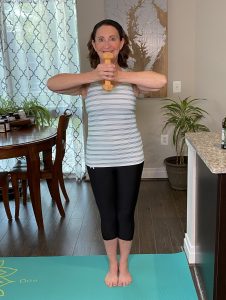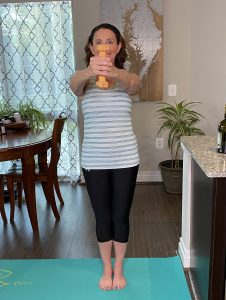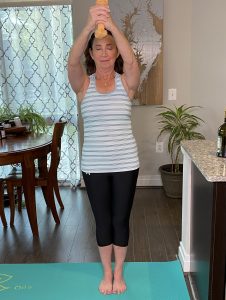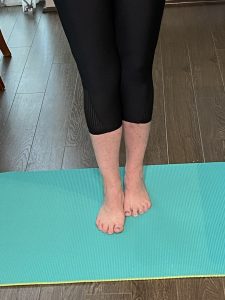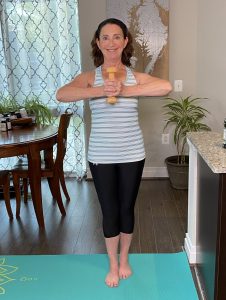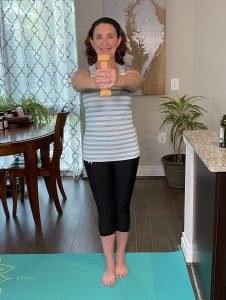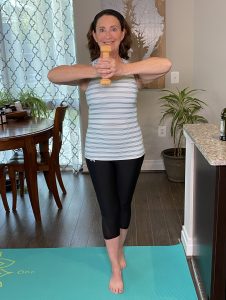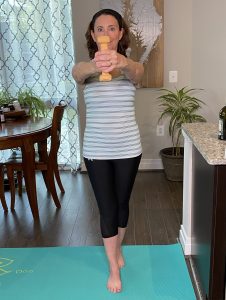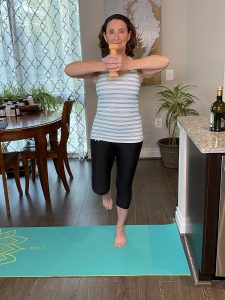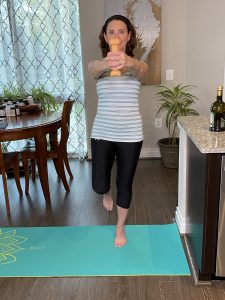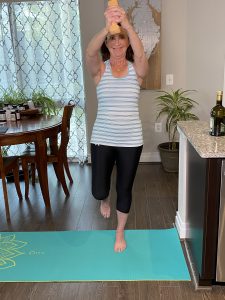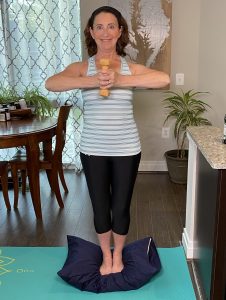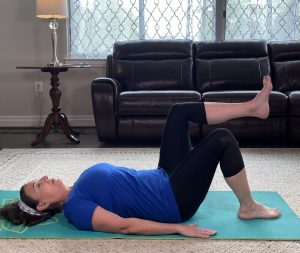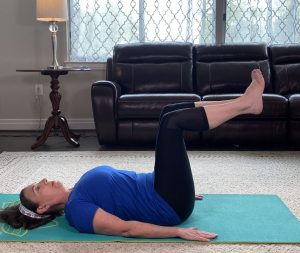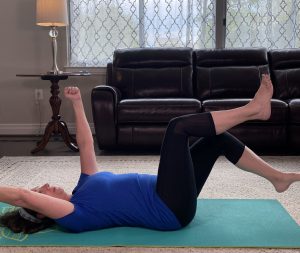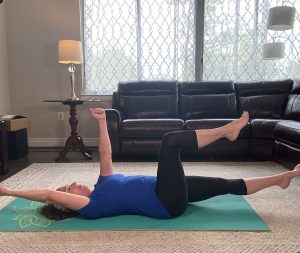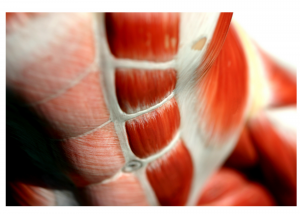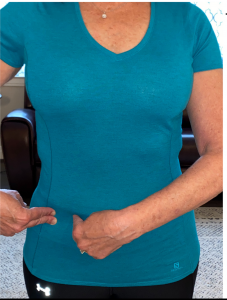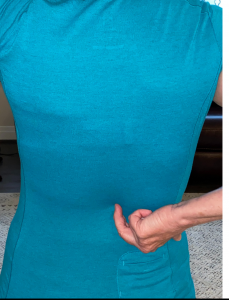
“B” is for Balanced Nutrition
What you eat on a daily basis fuels and feeds your cells. When most people think about nutrition for healthy bones, they think about milk and other dairy products.
Your bone cells need a constant supply of over 20 different nutrients each day, not just calcium and vitamin D. To acquire all of these nutrients you need a balanced diet.
We are inundated with fad diets that often restrict certain food groups. These diets might help you lose a few quick pounds, but they also might not be the best diet for our bones. Our bones need a balance of healthy fats, clean proteins, organic vegetables and fruits, non-GMO grains, nuts, and seeds. What our bones don’t need are processed foods with artificial ingredients, loaded with salt and sugar.
Because we all are biochemically different with individual nutrient needs, there is no one diet that “fits all.” However, I do think there are some general dietary principles that we can all follow to boost our bone strength.
So what does a bone-healthy diet look like?
Clean Protein
For years it was suggested that eating a diet high in protein increased the risk of developing osteoporosis. This belief was based on the results of several early studies that indicated a high protein diet increased calcium excretion in the urine. The assumption was that the acid in the protein pulled calcium out of the bone was then excreted in the urine. However, more recent studies reveal that although eating protein increases calcium excretion in the urine, it also promotes calcium absorption in the intestines. The net result is it has no impact on our bones. However, the boost in calcium absorption can only occur if we are taking enough calcium in.
30% of our bone mass is made up of protein, primarily in the form of type 1 collagen. Even though our bodies make collagen, the amount we make decreases with age. One of the reasons why we get wrinkles. That’s why I am a firm believer in getting enough protein in our diets.
The best advice on how much protein our bones need comes out of the European Society for Clinical and Economic Aspects of Osteoporosis and Osteoarthritis (ESCEO). They recommend 1- 1.2 grams of protein per kilogram of body weight a day (to find kilograms of body weight divide your weight in pounds by 2.2). It is also best to divide your protein intake up over the course of several meals. The debate of whether animal protein or plant protein is better for bone health remains unclear. Fish and animal proteins provide a direct source of collagen whereas plant-based proteins and nutrients support your body’s own production of collagen.
Fearless Fats
Studies have shown that diets low in mono-saturated fats can increase one’s risk for osteoporosis. Omega 3 fatty acids are of particular importance. They increase the absorption of calcium from the intestines, help to prevent bone loss by reducing inflammation, and support osteoblast activity, the cells that make new bone. Olive oil also positively affects bone health, most likely due to its anti-oxidant and anti-inflammatory properties.
Complex Carbohydrates
Fat used to be the demon in the diet and now we have turned against carbohydrates. Yet whole grains and complex carbohydrates provide fibers that feed our gut microbiome and many essential bone-building nutrients. Grains provide B vitamins along with minerals such as magnesium, manganese, zinc, and copper that are critical for bone metabolism. Including whole grains like brown rice and quinoa in your diet would be a better choice than eating refined grains found in bread and pasta.
Vegetables and Fruits
It shouldn’t be a surprise to anyone that we need to be eating more vegetables and fruits! It has been shown that diets higher in vegetables and fruits are also associated with better bone mass and may even help to lower the risk of hip fractures. Fruits and vegetables can provide many of the nutrients your body needs to build and maintain bone mass. In addition to vitamins and minerals, vegetables and fruits provide many different phytochemicals that are anti-inflammatory and antioxidant in nature. Anything we can do to squelch inflammation and oxidation will help to stop bone loss.
The Mediterranean Diet
I am a big fan of the Mediterranean diet. It is well known that eating a Mediterranean-style diet has many beneficial effects on your health. Numerous studies throughout the years have shown that this diet can help prevent cardiovascular disease, type 2 diabetes, and can decrease the risk of developing cancer, Parkinson’s disease, and Alzheimer’s disease. It has also been shown to have beneficial effects on bone health.
After analyzing the data from the Women’s Health Initiative study, researchers found that women who most closely followed a Mediterranean diet had a 20 percent lower risk for hip fractures compared to women who followed other diets. More recent research suggests that eating a Mediterranean-type diet could reduce bone loss in people with osteoporosis.
One of the reasons why the Mediterranean diet may be effective in supporting bone health is because it provides a very balanced diet full of an array of nutrients, antioxidants, and anti-inflammatory foods. It encourages a high consumption of vegetables, but also lots of olive oil, nuts, seeds, legumes, and fish. It suggests a moderate intake of grains, dairy in the form of cheeses and yogurts, and chicken. It limits intake of red meat and sweets and, of course, it discourages processed foods.
The other thing I like about the Mediterranean diet is that it uses a lot of spices such as garlic, onions, and fresh herbs such as oregano, basil, and thyme. These herbs have wonderful antioxidant and anti-inflammatory properties.
When putting together a bone-building diet, using the Mediterranean diet as your foundation would be a great place to start. From there you can tweak it to meet your individual needs.
Strong bones stem from a balance of nutrients, not just calcium and vitamin D.
Contact me if you would like my help building your bone-healthy diet!
References:
- Byberg, L., Bellavia, A., Orsini, N., Wolk, A., & Michaëlsson, K. (2015). Fruit and Vegetable Intake and Risk of Hip Fracture: A Cohort Study of Swedish Men and Women. Journal of Bone and Mineral Research, 30(6), 976–984. https://doi.org/10.1002/jbmr.2384
- Kerstetter, J. E., O’Brien, K. O., Caseria, D. M., Wall, D. E., & Insogna, K. L. (2005). The Impact of Dietary Protein on Calcium Absorption and Kinetic Measures of Bone Turnover in Women. The Journal of Clinical Endocrinology & Metabolism, 90(1), 26–31. https://doi.org/10.1210/jc.2004-0179
- Macdonald, H. M., New, S. A., Golden, M. H. N., Campbell, M. K., & Reid, D. M. (2004). Nutritional associations with bone loss during the menopausal transition: evidence of a beneficial effect of calcium, alcohol, and fruit and vegetable nutrients and of a detrimental effect of fatty acids. The American Journal of Clinical Nutrition, 79(1), 155–165. https://doi.org/10.1093/ajcn/79.1.155
- Prynne, C. J., Mishra, G. D., O’Connell, M. A., Muniz, G., Laskey, M. A., Yan, L., … Ginty, F. (2006). Fruit and vegetable intakes and bone mineral status: a cross-sectional study in 5 age and sex cohorts. The American Journal of Clinical Nutrition, 83(6), 1420–1428. https://doi.org/10.1093/ajcn/83.6.1420
- Rizzoli, R., Stevenson, J. C., Bauer, J. M., van Loon, L. J. C., Walrand, S., Kanis, J. A., … Reginster, J.-Y. (2015). Erratum to “The role of dietary protein and vitamin D in maintaining musculoskeletal health in postmenopausal women: A consensus statement from the European Society for Clinical and Economic Aspects of Osteoporosis and Osteoarthritis (ESCEO)” [Maturitas 79 (2014) 122–132]. Maturitas, 80(3), 337. https://doi.org/10.1016/j.maturitas.2014.11.005
- ScienceDaily. (2018, July 11). How a Mediterranean diet could reduce bone loss in osteoporosis. ScienceDaily. https://www.sciencedaily.com/releases/2018/07/180711093133.htm.




